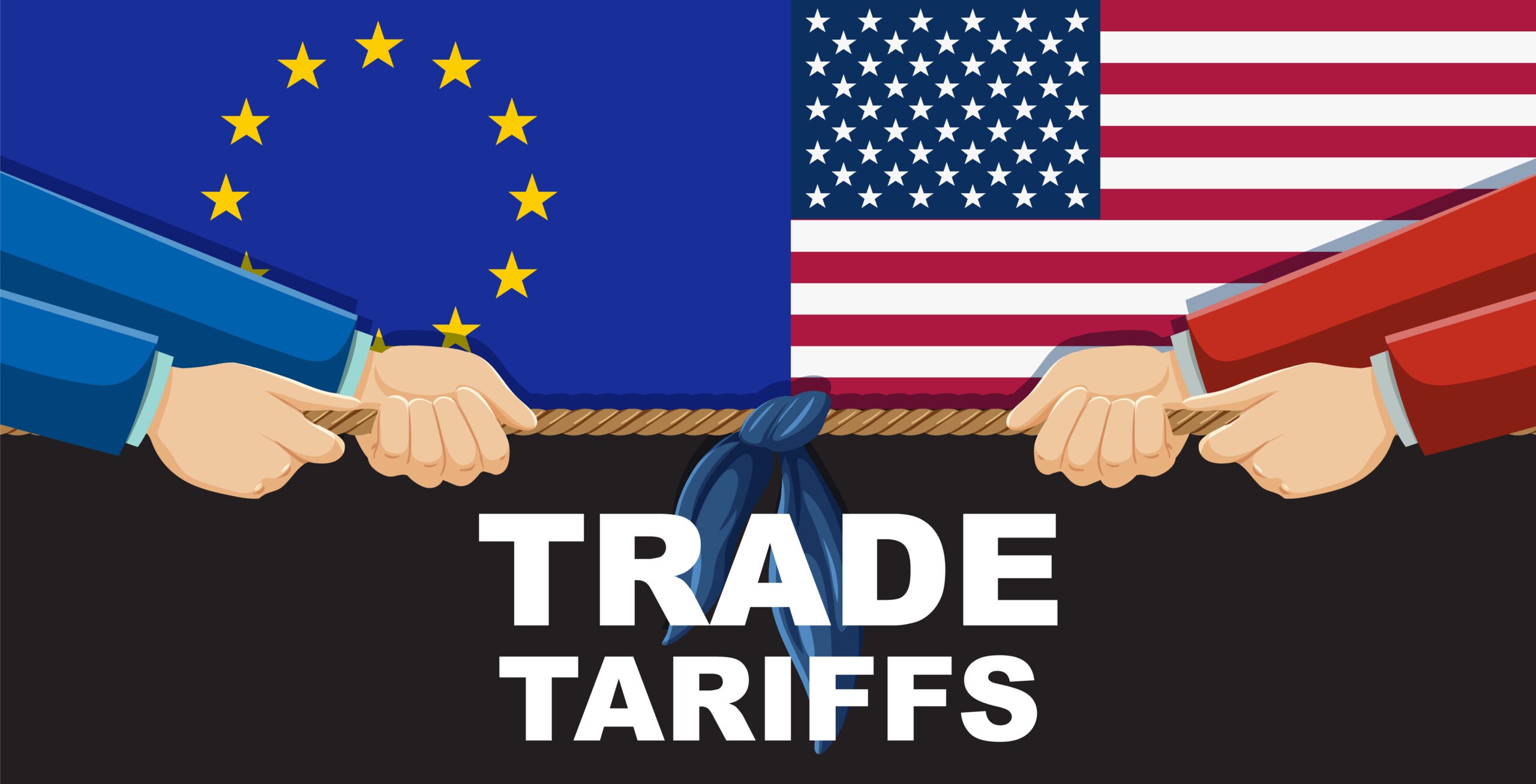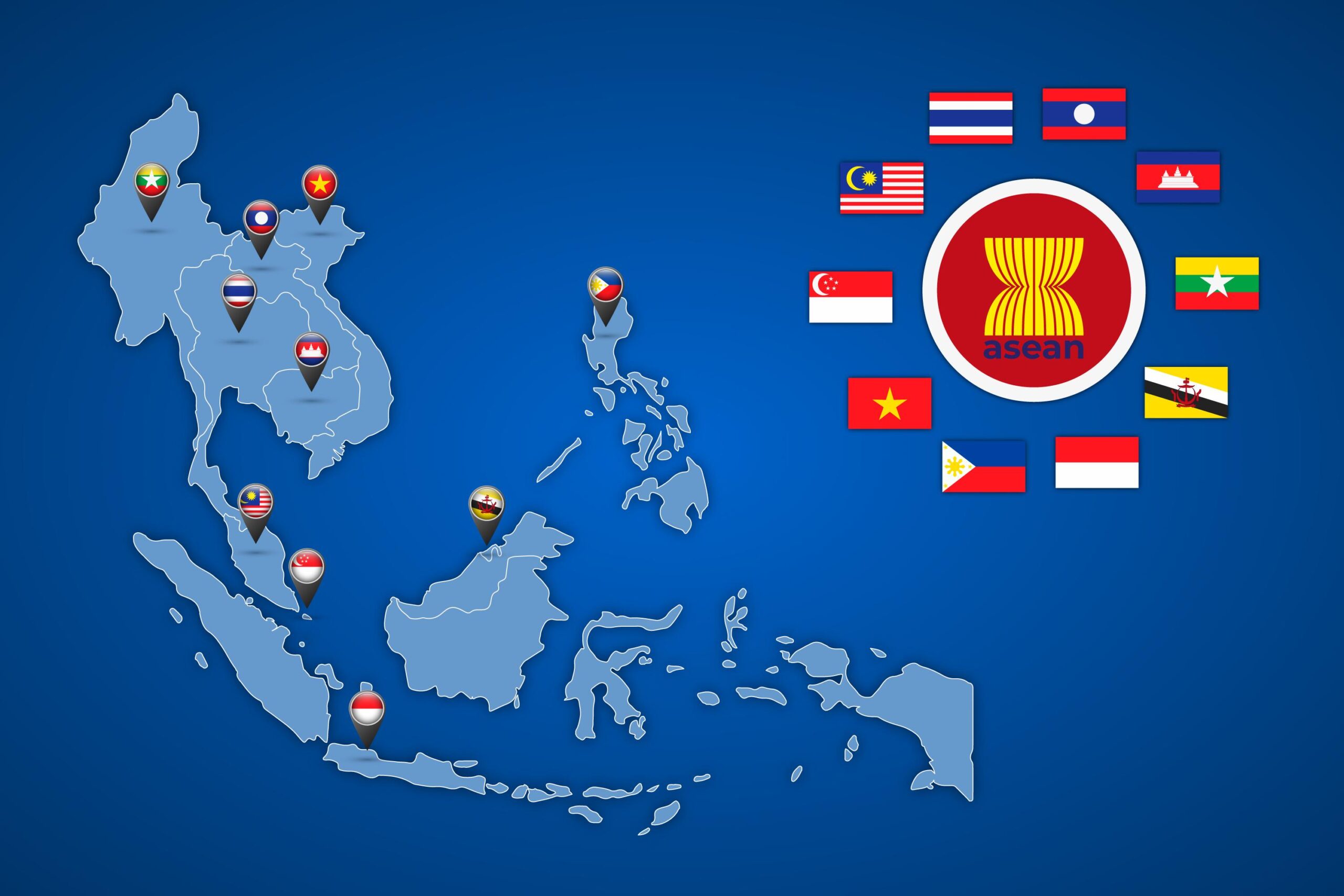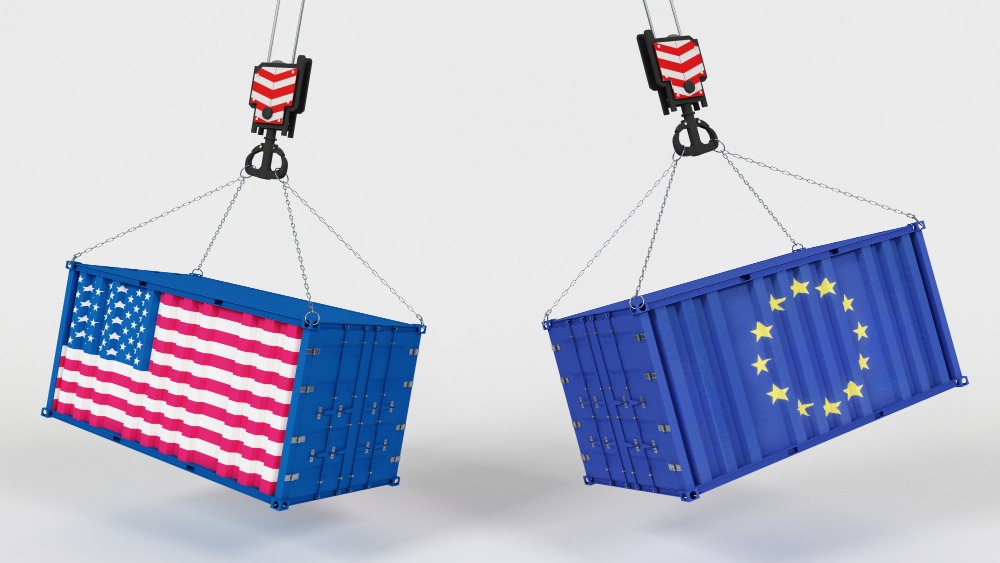
Introduction: One Policy, Many Consequences
In recent years, tariff wars have become a go-to strategy in global politics —
seen as bold tools to protect domestic industries and assert national power.
But beneath the surface, they carry dangerous and far-reaching consequences
that ripple across economies, industries, and societies.
This blog series explored how a trade war — if left unchecked — can set off a
chain reaction of economic damage, culminating in recession, depression, or
full-blown financial collapse.
Here’s a full recap of the series — and what we can learn from it.
1: The True Cost of a Tariff War — A Global Wake-Up Call
We began with the basics: what a tariff war is, how it works, and why it
matters. Though tariffs are often sold as protective tools, they come with
major global downsides: rising prices, supply chain disruptions, and
retaliatory trade barriers.
Takeaway: No country wins a tariff war — the entire global economy pays.
2: How Tariffs Disrupt Global Trade and Supply Chains
We zoomed in on supply chains, the lifelines of modern commerce. Tariffs
break these chains by inflating costs, delaying production, and forcing
inefficient shifts in sourcing.
Takeaway: Tariffs fragment the global economy and weaken resilience —
especially in tech, pharma, and manufacturing.
3: Inflation, Stagnation, and Recession — The Economic Domino Effect
This post explored how inflation, stagnant growth, and job losses can emerge
as side effects of rising trade barriers. With purchasing power shrinking and
consumption slowing, tariff wars can easily lead to recessions.
Takeaway: Tariffs trigger inflation and recession at the same time — a
dangerous combo known as stagflation.
4: Job Losses and Business Closures — The Domestic Damage
Contrary to popular belief, tariffs don’t always protect local jobs. This post
focused on how SMBs and workers suffer most when trade costs rise and
export markets shrink.
Takeaway: For every job protected by tariffs, many more may be lost —
especially in manufacturing, retail, and farming.
5: From Tariffs to Meltdown — How Escalation Triggers a Depression
Here, we traced the full escalation arc — from simple trade restrictions to
economic collapse, using history’s biggest cautionary tale: the 1930s Great
Depression.
Takeaway: A trade war can spiral into a global depression when retaliations
escalate and trust in the global system breaks down.
6: Currency Wars and Capital Flight — The Invisible Collapse
We shifted focus to financial markets — where currency devaluations and
capital flight add fuel to the fire. Trade tensions often spark monetary chaos,
investor panic, and systemic instability.
Takeaway: When tariffs trigger currency wars and capital exits, economies
start unraveling from within.
7: The Final Blow — How Tariff Wars Set the Stage for Systemic
Collapse
In our concluding post, we connected all the dots — showing how tariffs,
inflation, unemployment, currency chaos, and debt create a feedback loop that
leads to systemic breakdown.
Takeaway: Tariff wars are more than economic spats — they are flashpoints
that can collapse entire systems when left unchecked.
Conclusion: The Real Cost of Protectionism
This series wasn’t just about tariffs — it was about how policy decisions ripple
through every layer of the economy. Tariff wars may begin with the intention of
protection, but they often end in instability, inequality, and crisis.
Governments, businesses, and citizens must understand the cascading risks
that come from economic isolationism. Because in a deeply connected world,
a war on trade can quickly become a war on prosperity itself.


